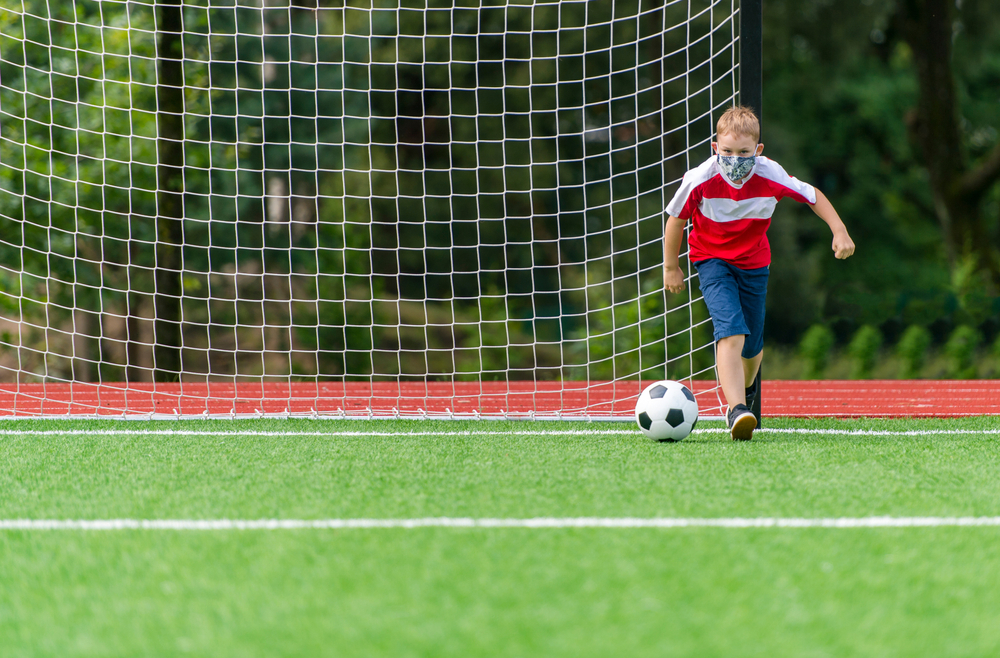There was no sector of society spared from the seismic shockwaves of the COVID-19 pandemic, and the sports world was no different. Governments, the UN, and the sports community found themselves on a joint mission to lessen the impact on athletes, communities, and the larger sports ecosystem in the face of hitherto unseen challenges. This article explores the creative tactics used to adapt and evolve in these uncertain times, as well as the many challenges the sports world faced during the pandemic.
Interrupting athletic competitions and events
The widespread cancellation and postponement of competitions and sporting events was the most obvious and immediate effect of COVID-19 on the sports world. The world sporting calendar abruptly stopped, from the grand stages of international tournaments to local grassroots competitions. Athletes, event planners, sponsors, and a host of other people with ties to the sports industry were all impacted financially. The sudden absence of live sports left fans pining for the thrill and companionship that sports afford.

This interruption forced a thorough review of the planning and execution of sporting events. Novel approaches to bridge the gap created by the lack of physical meetings included the development of online tournaments and remote events. In the absence of traditional competitions, leagues and organizations started utilizing technology to keep athletes’ competitive spirit alive as well as to engage fans.
Physical and Mental Health of Athletes
The pandemic presented athletes, the backbone of the sports industry, with previously unheard-of difficulties. Competitions were called off, training schedules were thrown off, and there was a lot of uncertainty about their professional futures. Athletes’ mental health became increasingly important as they struggled with loneliness, pressure to continue competing, and virus fear.
Athletes needed comprehensive support, and creative solutions were put into place. Athletes’ regimens now include remote coaching sessions, mental health resources, and virtual training programs. This all-encompassing strategy sought to support athletes’ mental and emotional health as they overcame previously unheard-of difficulties in addition to preserving their physical fitness.
Creative Approaches to Sports Education
Sports education became a shining example of inventiveness and resiliency in the midst of the chaos. Guidelines from the World Health Organization (WHO) and other pertinent authorities were shared by governments, the UN, and the sports community. A cascading approach was used to reach communities with limited internet access in recognition of the digital divide. The nationwide dissemination of information was guaranteed by the sports education pyramid, which extended from the federal level to the local one. In addition to providing crucial direction, this two-way communication enabled feedback mechanisms to pinpoint particular needs and exchange creative solutions.
A crucial instrument for outreach and awareness-building is now sports education. Information about pandemic measures and health protocols cascaded through the system, from the national sport federation down to the grassroots clubs, and from the national physical education inspector down to the local teacher. Respected as influencers, athletes were instrumental in communicating the significance of following safety protocols. Athletes used their social media following to engage with audiences, particularly young people, and promote a better awareness of risks and the need to heed advice. This outreach went beyond traditional media.
Using Sport Education to Encourage Positive Social Attitudes and Behavior
The pandemic highlighted the value of sports education in promoting mental and physical health as well as positive social attitudes and behavior. As populations were placed under lockdown, sports education became a means of preserving both mental and physical well-being. The International Charter of Physical Education, Physical Activity, and Sport and other established international instruments and tools served as crucial points of reference to guarantee that online physical activity modules adhered to safety, quality standards, gender equality, and non-discrimination norms.

Getting Used to the New Normal
The sports industry demonstrated its adaptability and resilience in the face of previously unheard-of difficulties. Novelties like simulated contests, online training courses, and enhanced spectator experiences surfaced. Organizations and leagues have embraced technology to maintain a connection between athletes and fans. The pandemic served as a catalyst for a rethinking of established structures and provided opportunities for technological advancements in sports, thereby reshaping the sports landscape.
Lessons learned and innovations embraced during this time will surely shape sports in the future, ensuring a more resilient and adaptable global sports landscape as the sports world adjusts to the new normal. The difficulties posed by the pandemic have spurred an innovative and forward-thinking wave of ideas that will profoundly alter the way the sports industry functions going forward.
Conclusion
COVID-19’s effects on the sports industry have been extensive and significant. The industry has been put to the test on a number of fronts, from event disruption to athletes’ mental health issues. There is, however, some hope because of the sports community’s resiliency, teamwork, and inventive spirit. Lessons learned and innovations embraced during this time will surely shape the future of sports, ensuring a more resilient and adaptable global sports landscape as we navigate the challenges and uncertainties that lie ahead.

